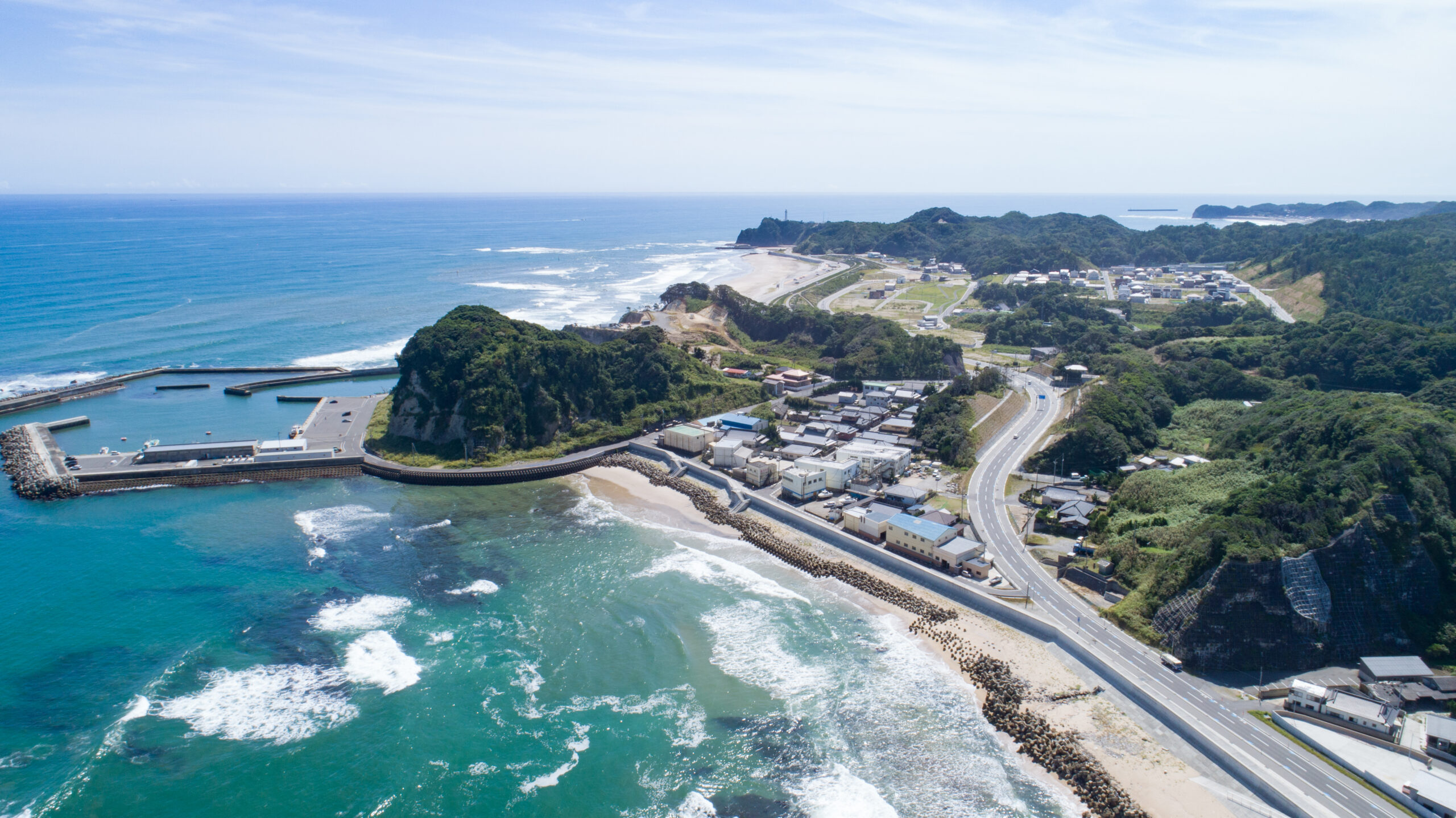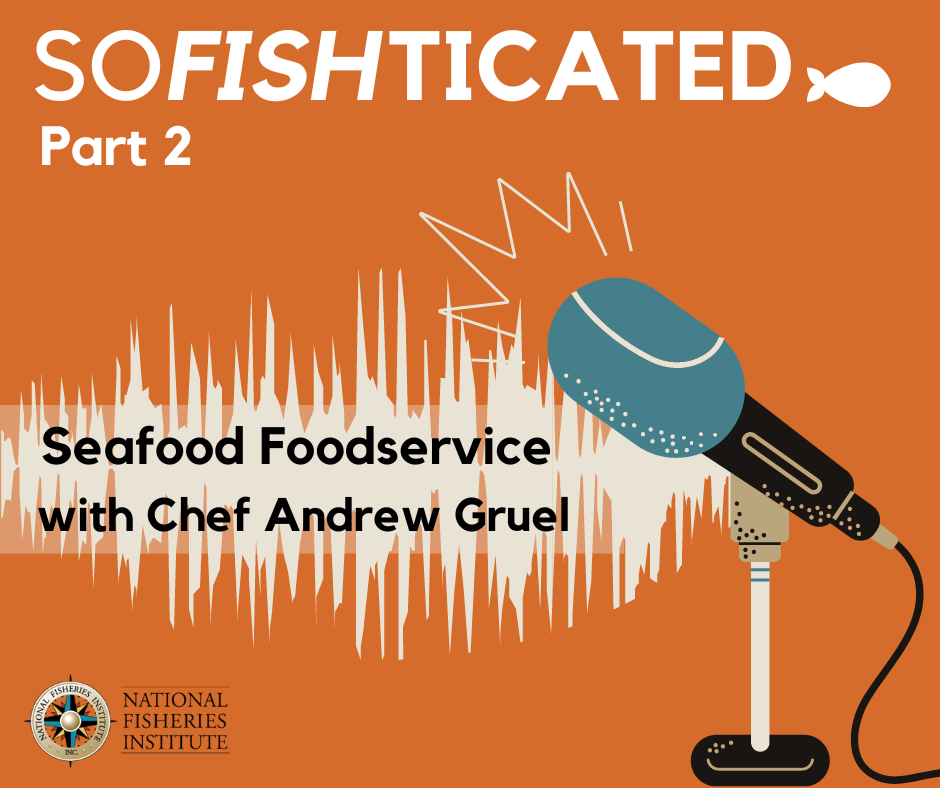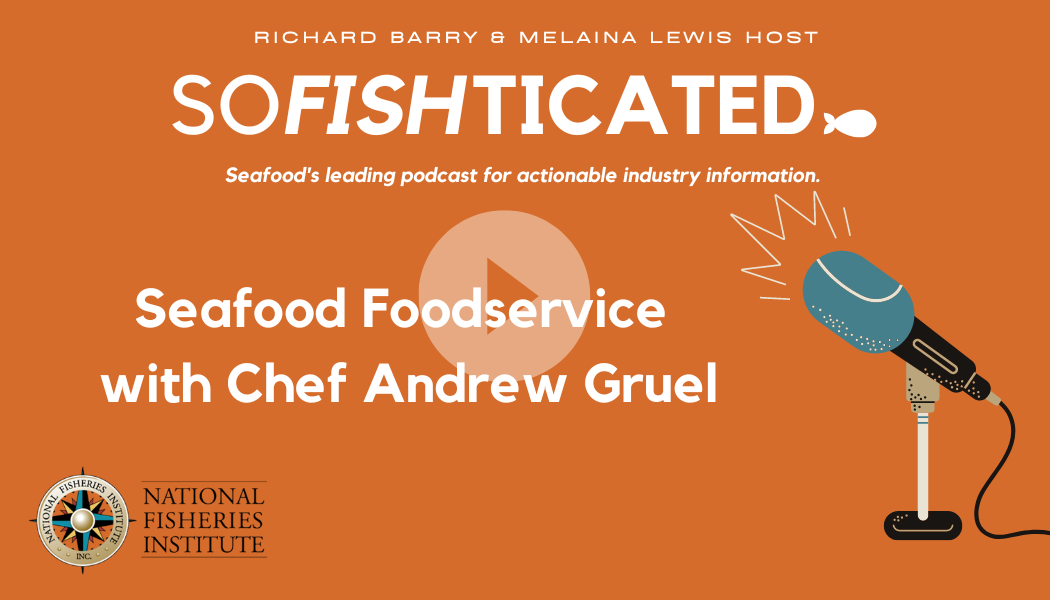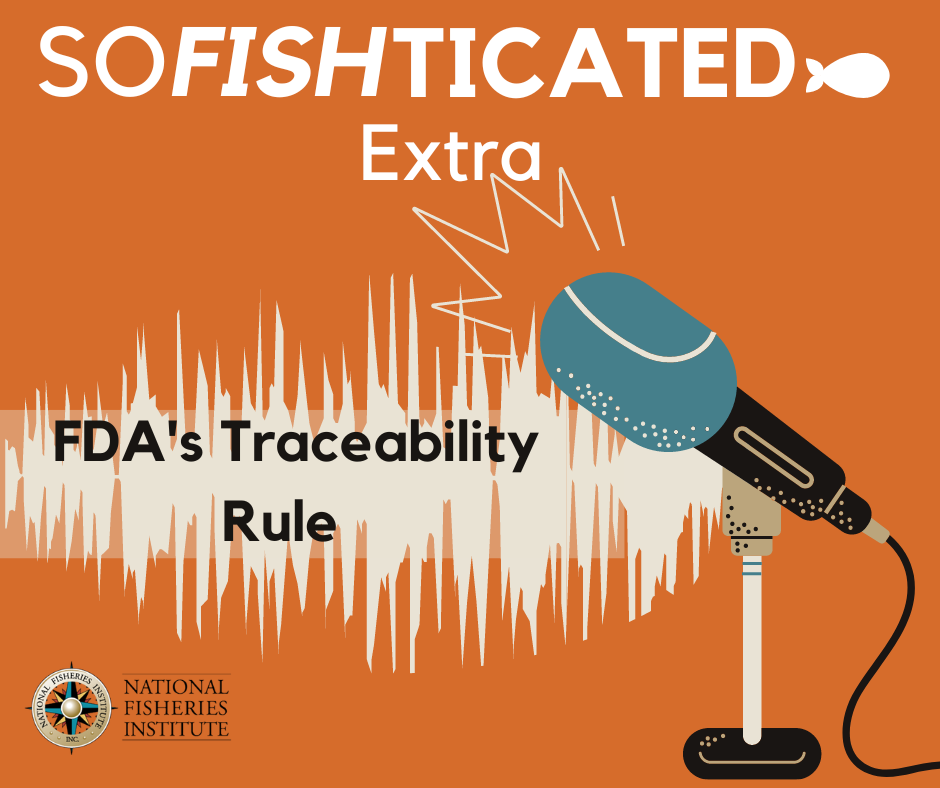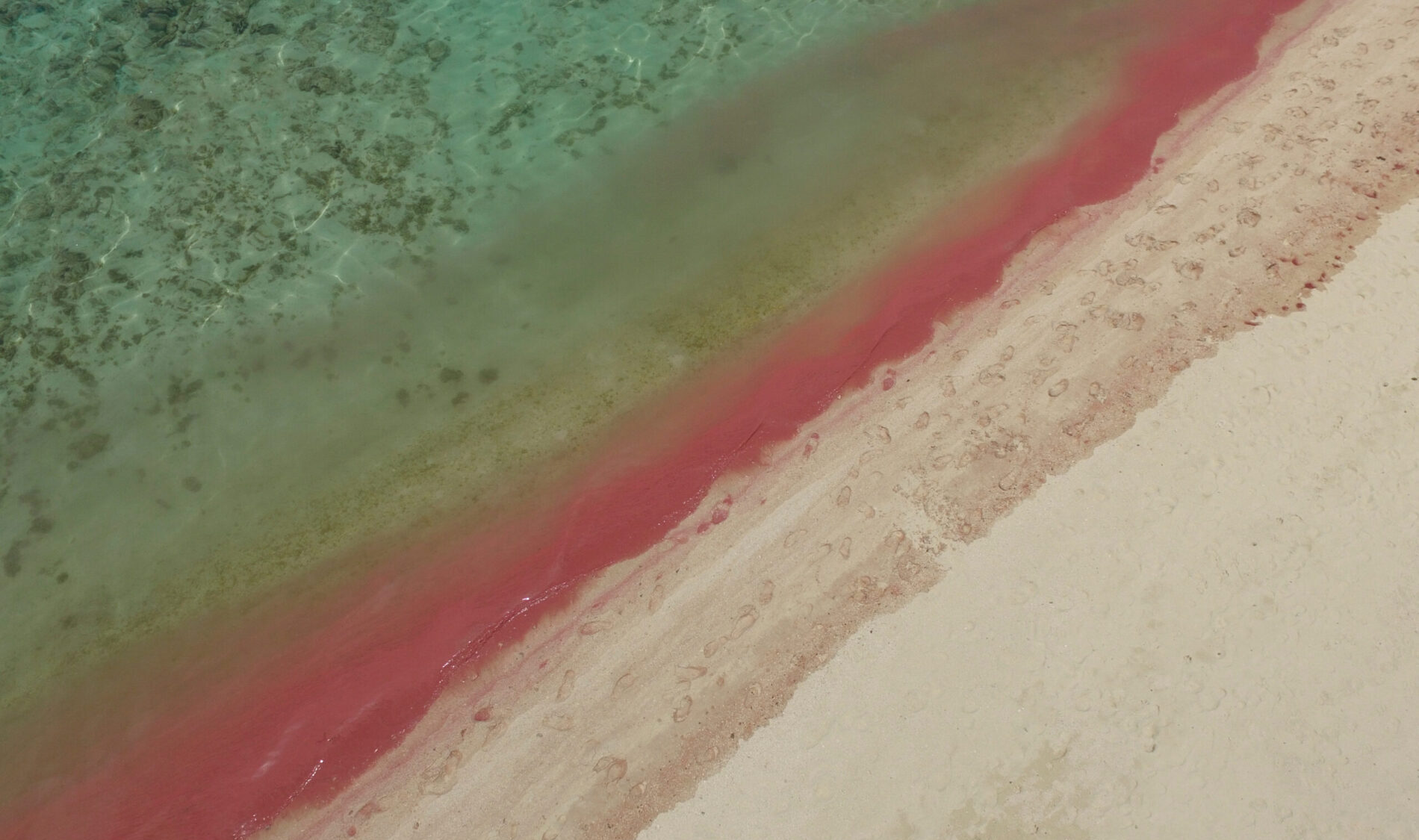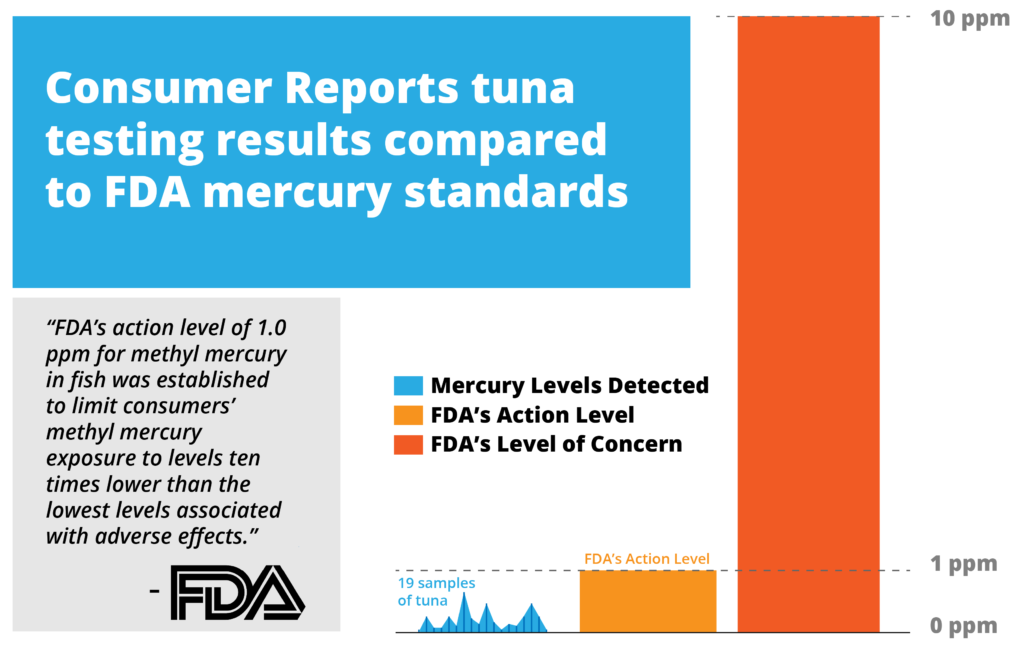All posts by NFI Media
SoFISHticated: A Seafood at Retail Reckoning?
Make Sure You’ve Got the Facts on Fukushima
Seafood from the Pacific Ocean remains safe, healthy, and delicious. Recent reporting on the controlled release of treated water from the Fukushima power plant has vacillated between highly accurate and highly hyperbolic. The International Atomic Energy Agency (IAEA) has also concluded that the release would have a “negligible” impact on people and the environment.
Reporting explains that the water being released contains about 63 becquerels of tritium per liter (that’s a unit of radioactivity.) The World Health Organization’s limit for drinking water is 10,000 becquerels per liter.
For perspective, Geraldine Thomas, a molecular pathologist formerly of London’s Imperial College, is quoted as saying, “There are not going to be any health effects… There is no scientific reason to ban imports of Japanese food whatsoever.”
For more information visit FukushimaFishFacts.com
NFI Leadership Summit
NFI President & CEO Lisa Wallenda Picard has announced the rebranding of the NFI fall political event with an updated schedule to provide attendees with a series of speakers on business and the geopolitical climate. The “NFI Leadership Summit” will be held Tuesday September 26-28, 2023 at the Intercontinental Wharf Hotel, Washington, DC.
The Political Conference will include select NFI committee and council meetings; and the Executive Committee meetings. Wednesday will include a full day of external meetings with elected officials, regulatory agencies, and embassies. The Board of Directors will meet on Thursday morning.
The NFI Leadership Summit kicks off on Tuesday morning concluding with a luncheon speaker.
Tuesday Speakers:
- Navigating Troubled Waters: The US, China and the Global Seafood Trade, Andrew Browne, The Brunswick Group
- Geopolitical Issues & Potential Impacts on Seafood, Robert DeHaan, NFI
- Attracting Talent to the Seafood Industry & Growing your Workforce, speakers TBA
- Seafood Buying Trends at Food Service & Retail, Robert Goldin, Pentallect
Tuesday afternoon optional events:
- Small group workshops on “Effectively Communicating Your Message to Stakeholders” in preparation for Wednesday external meetings
- Pentagon Tour
- George Washington’s Home at Mount Vernon Tour
Networking events include:
- Tuesday: Michael Lieberman’s Famous Crab Night, FOA & Son (all attendees)
- Wednesday: Happy Hour Tiki TNT Rum Bar -Hosted by Jay Sterne, Windward Strategies
There will be no NFI events on September 25 in recognition of Yom Kippur. Registration will open soon. Watch your email!
NFI’s block of rooms at the Intercontinental Wharf at $399 single/double plus tax. The room cut off is September 2, 2023 or until the room block sells out.
Sponsors: Diversified Communications, FOA & Son and Windward Strategies
Registration is now open!
Contact Hannah Mayers for more information or sponsorship opportunities at hmayers@nfi.org.
“Safe Catch”… Like A Bad Penny
For years, gullible media have reported breathlessly on Safe Catch Tuna without doing much homework. Such homework might include a Google search that would turn up posts like:
- “Safe Catch” tuna is here to save you… from what?
- Is Safe Catch Holding Tight To The Mercury Myth?
- More of the Same from Safe Catch
Not surprisingly, they’re at it again. This time it’s the CBS affiliate in San Francisco, and they fall for the whole, scary narrative about protecting people from mercury in canned tuna. But reporter, Brian Hackney, does not mention that the Food and Drug Administration’s (FDA) own Net Effects Report found people can safely consume 164 ounces of canned light tuna and 56 ounces of canned albacore tuna every week. And that’s regular, old canned tuna, not some expensive brand that makes low mercury claims. That’s as many as 41 tuna sandwiches a week. Hackney may be a tuna sandwich aficionado, as he does offer his own culinary tip at the end of his report, but damn… that’s a lot of sandwiches.
In reality, the story is a retread that’s been produced many, many times. The one piece of new news that Hackney fails to report on is the fact that the Better Business Bureau’s National Advertising Division (NAD) determined some of Safe Catch’s claims needed to be modified or completely discontinued. The NAD said parts of Safe Catch’s advertising promotes the “unsupported and falsely disparaging message that other commercially available brands of tuna use fish that are dangerous.”
Here are the straight facts—people do not suffer “mercury poisoning” from the normal consumption of commercial seafood. Period. Safe Catch often artfully talks about spikes in mercury, but they never put the actual numbers in perspective. The FDA limit for mercury in canned tuna is 1.0ppm. Albacore tuna test results are around 0.3ppm and Light tuna test results are around 0.1ppm. So, could those numbers “spike” to 0.7ppm or 0.4ppm? Sure, but they’re still totally safe to consume.
Oh, and one other thing. The FDA’s limit for mercury in fish includes a ten-fold safety factor built in. Making the actual level of concern 10.0ppm.
So, if Brian Hackney or any reporter wants to follow up with the facts. We stand at the ready.
IUU Technology over Treachery? Or Not Really… But Just Kind of a Cool Story with a Helicopter Chase?
Today’s Washington Post article, ‘A boat went dark. Finding it could help save the world’s fish’, follows a structure and narrative that illustrates a global Illegal, Unregulated and Unreported (IUU) fishing problem and then offers a technological solution involving data mining, in this case, vessel monitoring data from Global Fishing Watch.

Ironically, the article’s only illustration of active IUU fishing being foiled comes from an impressive set of moving graphics and a gripping 450-word tale of a vessel named the Oyang 77. But the high seas narrative, complete with a helicopter chase, ends quietly with this important quote, “Global Fishing Watch’s data did not help catch the Oyang 77.” So… yeah, there’s that.
What’s more, the most telling quote from Global Fishing Watch is one that actually thoroughly undercuts the pre-determined conclusion that commercial fishing is rife with IUU behavior, and that this technology is the fix.
“We thought we might have a pure illegal fishing story,” said Heather Welch, a NOAA affiliate and marine biologist at UC Santa Cruz, who led the research with Global Fishing Watch. “And it became very clear that that’s not fair to the fishermen, that that’s not the story we’re seeing here.”
IUU fishing is something that stakeholders and governments alike are working hard to eradicate. These reports continue to remind us of the work being done and the work that’s left to do. But broad-brush proclamations about the high seas being the unregulated wild west are inaccurate hyperbole that border on click bait.
NFI supports effective methods to combat the illegal fishing that does exist. NFI encourages regulators to move away from ineffective means, such as the Seafood Import Monitoring Program (SIMP), to initiatives, such as the biennial IUU fishing report, that have a chance of actually doing some good.
Chef Gruel Discusses Whether Seafood Restaurants are Thriving or Surviving
Chef Andrew Gruel returns to SoFISHticated to explain whether seafood restaurants are surviving or thriving. He provides a primer on how to navigate barriers in full-service seafood and ways to plan for long-term success.
Key takeaways:
- Will seafood fast causal ever have its moment or is it an operational venue that’s just not meant to be?
- Seafood experienced a boom in retail during the last three years. Is the scale now realigning with more business shifting back into restaurants?
- What’s the role, if any, for third-party certifications in seafood foodservice? Chef Gruel explains.
Part 1: SoFISHticated Podcast: Chef Andrew Gruel Discusses What it Takes to Run a Seafood Restaurant
American chef, television personality, and seafood junkie, Chef Andrew Gruel, joins SoFISHticated to explain to seafood processors and producers what it takes to run a full-service seafood restaurant in today’s operational landscape. The recipe calls for a dollop of trust and a skosh of psychology, but you won’t need a PhD.
Key takeaways:?
- Where do seafood processors and producers fit into the foodservice landscape? What are chefs and restaurant owners looking for in their value chain partnerships?
- What do point of purchase materials and restaurant menus have in common?
- What’s the benefit of using a menu approach that features both wild caught and farmed products for the same species?
SoFISHticated Podcast Provides Next Steps on FDA Traceability Rule
Red Tide is Real, But Pump the Breaks
There’s been some recent reporting about Red Tide in Florida and its oft-uncomfortable effects. Yeah, Red Tide is a thing and it’s a pain but it’s not something that’s likely effecting your commercial seafood.
To put it in perspective we’ll quote, the now retired, Stephen Blount of Blount Fine Foods who penned a Red Tide explainer some fifteen years ago that is still relevant today. That narrative follows with some identified liberties:
Red Tide. Like Sean Connery’s factitious Red October, is a name that congers up images of danger silently lurking in the water. At first glance it would appear this threat is once again sneaking up on unsuspecting [beach goers in Florida] ready to ruin a [spring] full of satisfying shellfish. But not unlike the Red October the broad threat levied by the Red Tide to everyday consumers is essentially fiction.
Red Tide is a fancy name for microscopic marine algae that turns ocean water a rusty red color. Scientists say this algae blooms after an unusually cold, wet winter or spring. Some are predicting a number of Red Tide outbreaks this summer. And while the algae that makes up the tide often contaminates shellfish, it is no reason for alarm. Stories about a scary scarlet tied creeping towards the coast leave consumers unnecessarily afraid to eat shellfish and do a disservice to [the men and women who work the waters from] New England [to Florida.]
Journalists and consumers alike need to be equipped with knowledge, not sensationalist stories that peddle fear rather than facts. Here are some Red Tide facts you might not have seen in print before:
1. No consumer has ever gotten sick from commercial shellfish as a result of Red Tide.
2. The shellfish you see in your local market is safe to eat even during a Red Tide.
3.Lobsters, shrimp and finfish are unaffected by Red Tide.
Each coastal state conducts thorough monitoring for levels of Red Tide. Shellfish samples are collected … and are constantly evaluated. If high levels are found officials close that shellfish harvest area. Furthermore, rigorous testing of shellfish by government scientists ensures that those that reach the market are safe.
There is no question Red Tide damages the shellfish harvest but what damages the livelihood of fishers … is misinformation about the safe, healthy, products that do make it to market.
If you must promote unfounded fears, let’s have folks worry about Russian subs off the coast not clams.
Consumer Reports Jim Rogers is as Accurate as a Groundhog Predicting the Weather
Ratings and Reviews Service Continues to Peddle Misinformation about Mercury in Seafood
Is it Groundhog Day because it sure feels like it? Nearly a month after we exposed Consumer Reports mercury-in-canned-tuna testing data and correctly compared it to the Food and Drug Administration’s (FDA) Action Level and “Level of Concern,” we thought the needless consumer fearmongering would end.
Apparently, Consumer Reports’ lead food safety “expert,” Jim Rogers, didn’t get the memo. During a recent NBC4 segment he continued to spread misinformation about mercury in seafood when he said, by eating canned tuna consumers may be exposing themselves to “dangerous levels of this heavy metal.” Umm, Jim, they’re not and that’s not what Consumer Reports found.
These guys — literally and figuratively — don’t get the picture. In order to help folks understand exactly what Consumer Reports found we were able to piece together the raw data from 19 of the 30 tests conducted as part of its How Worried Should You Be About Mercury in Your Tuna? article. The results are below and speak for themselves.
Jim Rogers is not only hyperbolic, but he’s also totally inaccurate. And this comes weeks after Consumer Reports was made aware of the necessary context. This pattern makes it appear Consumer Reports’ current goal is to actively deceive consumers rather than educate them.
One thing is clear…Consumer Reports track record or mercury reporting is just about as accurate as Punxsutawney Phil’s weather predictions. On second thought, maybe you should consider another site for your car seat reviews.





